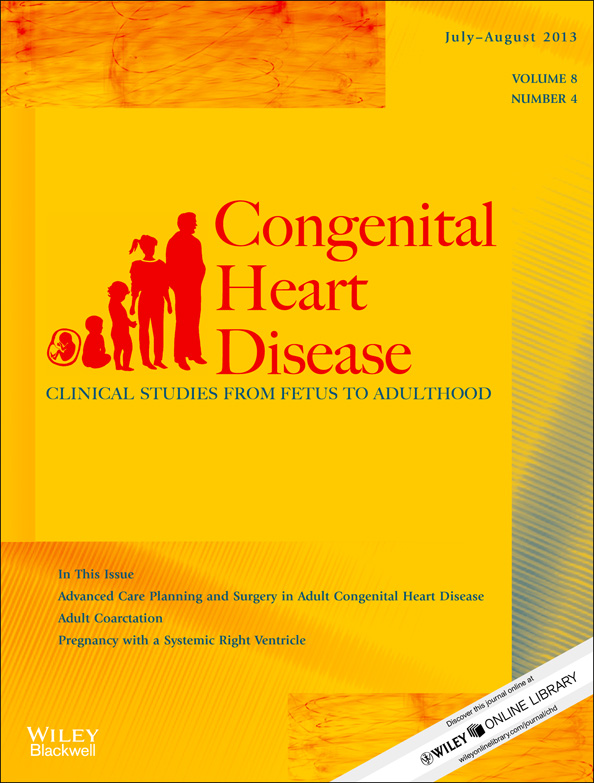Echocardiographic Predictors of Left Ventricular Dysfunction after Aortic Valve Surgery in Children with Chronic Aortic Regurgitation
Abstract
Objective
Postoperative left ventricular dysfunction is associated with poor prognosis in adults with severe chronic aortic regurgitation and published practice guidelines aim to minimize this risk. However, only limited information exists in pediatrics. The goal of this study was to define preoperative risk factors for postoperative left ventricular dysfunction in children with chronic aortic regurgitation.
Methods
Patients fulfilling the following criteria were included in this study: (1) age at preoperative echocardiogram ≤18 years; (2) ≥moderate aortic regurgitation; (3) ≤mild aortic valve stenosis; (4) no additional valve disease/shunt; (5) underwent aortic valve surgery for aortic regurgitation; and (6) available preoperative and ≥6-month postoperative echocardiograms with adequate information. Primary outcome was postoperative left ventricular dysfunction defined as ejection fraction z-score < −2.
Results
Median ages at diagnosis and surgery of the 53 eligible patients were 6.9 (0.04–17.2) and 13 years (1.2–22.4), respectively. Compared with patients whose postoperative left ventricular ejection fraction was normal, those with left ventricular ejection fraction z-score < −2 (n = 10) had significantly higher preoperative left ventricular end-diastolic and systolic volumes and dimensions and lower indices of systolic function. Preoperative left ventricular ejection fraction z-score < −1 was the most sensitive (89%; confidence interval [CI] 52, 100) but least specific (58%; CI 41, 73), whereas left ventricular end-systolic diameter z-score ≥ 5 was the most specific (95%; CI 84, 99) but least sensitive (60%; CI 26, 88) outcome identifier. A combination of shortening fraction z-score < −1 or end-systolic diameter z-score ≥ 5 best identified postoperative left ventricular dysfunction with an area of 0.819 under the receiver-operator characteristic curve.
Conclusion
Lower indices of left ventricular systolic function and severity of dilation identify children at risk for postoperative left ventricular dysfunction after aortic valve surgery. These identifiers are similar to predictors defined in adult patients albeit with different threshold values.




